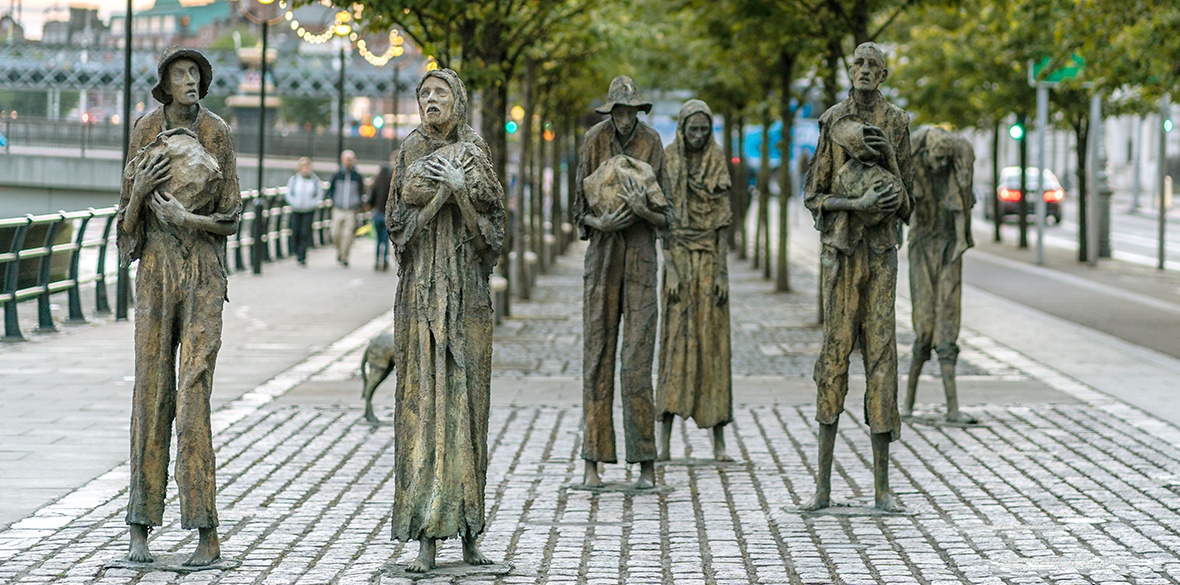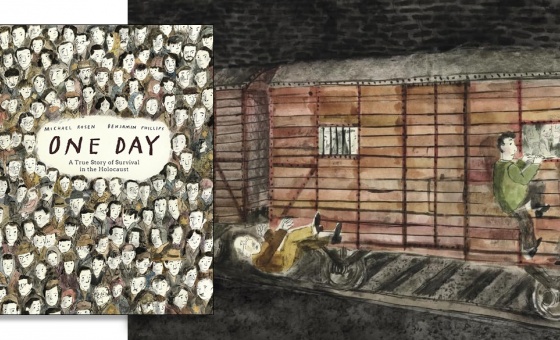This is the last article you can read this month
You can read more article this month
You can read more articles this month
Sorry your limit is up for this month
Reset on:
Please help support the Morning Star by subscribing here
THE POTATO famine in Ireland began in September 1846 and its consequences were so shattering that it is ingrained in the Irish psyche to this very day.
More than a million people died over the following few years, when hunger and disease became omnipresent. Up to a quarter of the population emigrated, mostly to North America.
Although potato blight was the direct cause of the crop failure of Ireland’s staple food, there was also a political dimension which exacerbated the tragedy.
Today, it is widely accepted that the British government should have treated the famine as its imperial responsibility but it patently did not.
It succumbed to the opinions of the political elite and the middle classes, which emphatically opposed any and all sustained relief. The famine facilitated a radical transformation of Irish rural society into the capitalist model forcefully advocated by British policymakers.
The Famine Memorial in Dublin was designed by sculptor Rowan Gillespie and presented to the city in 1997 on the 150th anniversary of the tragedy.
The expressionist bronze sculpture represents a loose group of six emaciated and skeletal figures. Seven-feet tall, they stagger along Custom House Quay, where the first 210 refugees to sail across the Atlantic embarked on the tall ship Perseverance on St Patrick’s Day in 1846.
It took them to Quebec in British North America, now Canada. The fare was £3 — the equivalent of £351 today — and the vessels used were ominously nicknamed “coffin ships.”
It took Gillespie almost 30 years to fine tune the work, including the final composition. Each of the faces has untold suffering and dread etched on them — a mother holds a bundle, possibly a new-born infant, a desperate father carries over his shoulder the lifeless body of an exhausted or dead child, while others cling to bundles of possessions wrapped in rugs as they are snarled at by a stray dog — a devastating picture of apocalyptic desolation with hope all but abandoned.
The contours of these figures are marked by a heavy patina but like the memory of the crime, they will withstand the passage of time to bear witness.
Gillespie has sculpted a “J’accuse” of heart-rending dramatic power which honours, and mourns, the victims of a cold-blooded colonial policy that culminated in genocide.









